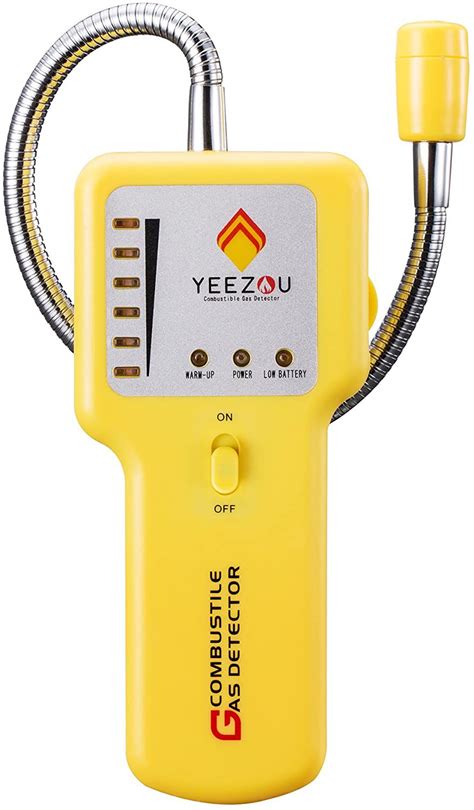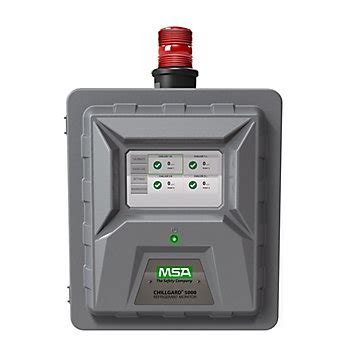Gas Leak Detector: Essential Safety Tool for Every Home

Introduction
Imagine this: you’re asleep in your home, unaware of the silent, odorless threat seeping into the air. Carbon monoxide, often called the “silent killer,” claims hundreds of lives each year. Similarly, natural gas leaks, though less deadly, can lead to devastating explosions or fires. These dangers are invisible, odorless, and often undetectable without the right tools. Enter the gas leak detector—a small device that could save lives, prevent disasters, and provide peace of mind. In this article, we’ll explore why every home needs a gas leak detector, how they work, and what to consider when choosing one.
The Invisible Threat: Why Gas Leaks Are Dangerous
Gas leaks are insidious. Unlike smoke or water leaks, they’re often undetectable by human senses. Natural gas is inherently odorless, but companies add a chemical called mercaptan to give it a “rotten egg” smell. However, this isn’t foolproof—leaks can occur without any noticeable odor, especially in poorly ventilated areas.
Carbon monoxide (CO), on the other hand, is completely odorless and colorless. Produced by malfunctioning furnaces, stoves, or car exhaust, it can accumulate in enclosed spaces, leading to poisoning, brain damage, or death.
How Gas Leak Detectors Work
Gas leak detectors use advanced sensors to identify dangerous levels of gas in the air. There are two primary types:
Natural Gas Detectors
These devices detect combustible gases like methane and propane. They typically use semiconductor or catalytic bead sensors that trigger an alarm when gas levels exceed safe thresholds.Carbon Monoxide Detectors
These devices use electrochemical sensors to measure CO levels in parts per million (ppm). Alarms sound when concentrations reach dangerous levels (e.g., 70 ppm over 4 hours or 400 ppm over 1 hour).
Some modern detectors combine both functions, offering dual protection in a single device.
Types of Gas Leak Detectors
Gas leak detectors come in various forms, each suited to different needs:
| Type | Features | Best For |
|---|---|---|
| Plug-in Detectors | Continuous monitoring, built-in battery backup | Homes with gas appliances |
| Battery-Operated Detectors | Portable, easy to install | Renters or areas without outlets |
| Smart Detectors | Wi-Fi connectivity, smartphone alerts | Tech-savvy homeowners |
| Portable Handheld Detectors | Manual operation, pinpoint leak locations | Professionals or DIY inspections |

Choosing the Right Gas Leak Detector
Selecting a gas leak detector depends on your specific needs. Here’s what to consider:
- Gas Type: Ensure the detector is designed for the gas in your home (e.g., natural gas, propane, or CO).
- Sensor Quality: Look for devices with certified sensors (e.g., UL or EN standards).
- Power Source: Decide between plug-in, battery-operated, or smart options.
- Alerts: Choose devices with loud alarms, visual indicators, and smartphone notifications.
- Placement: Install detectors near gas appliances, bedrooms, and basements for maximum coverage.
Installation and Maintenance Tips
Proper installation and maintenance are critical for gas leak detectors to function effectively:
Maintenance Tips:
- Replace batteries annually (for battery-operated models).
- Clean sensors regularly to prevent dust buildup.
- Replace detectors every 5–7 years, as sensors degrade over time.
Real-World Applications: Case Studies
Gas leak detectors have saved countless lives. Consider these examples:
- Residential Fire Prevention: A family in Ohio was alerted to a natural gas leak by their detector, allowing them to evacuate before an explosion occurred.
- Carbon Monoxide Poisoning Averted: A malfunctioning furnace in a Colorado home was detected by a CO alarm, preventing a tragic outcome.
Future Trends: Smart Gas Leak Detectors
The future of gas leak detection is smart and interconnected. Modern devices integrate with home automation systems, sending alerts to smartphones and even shutting off gas valves automatically. Brands like Nest and Ring are leading the way, offering devices that combine gas detection with smoke and CO alarms.
FAQs
How often should I replace my gas leak detector?
+Gas leak detectors should be replaced every 5–7 years, as sensors lose sensitivity over time.
Can one detector cover my entire home?
+For comprehensive coverage, install detectors on every level of your home, especially near gas appliances and bedrooms.
Are smart gas leak detectors worth the investment?
+Smart detectors offer real-time alerts and integration with home systems, making them valuable for proactive homeowners.
What should I do if my gas leak detector alarms?
+Evacuate immediately, turn off the gas supply if safe, and call your gas company or emergency services.
Conclusion
Gas leak detectors are not just another gadget—they’re an essential safety tool for every home. By detecting invisible threats like natural gas and carbon monoxide, these devices protect lives and property. Whether you opt for a basic plug-in model or a smart, interconnected system, investing in a gas leak detector is a small price to pay for peace of mind. Don’t wait for a tragedy—act now to safeguard your home and loved ones.
Final Thought: Safety is no accident—it’s a choice. Make the smart choice today.


